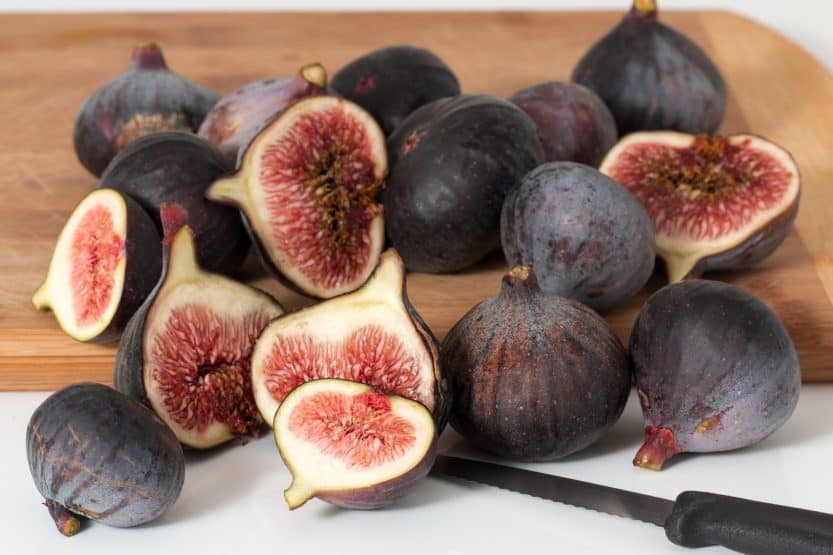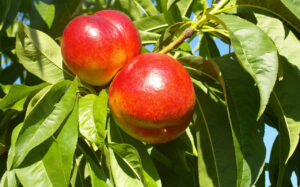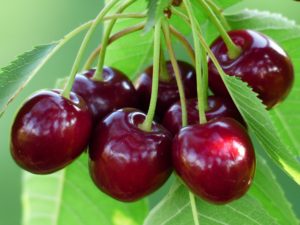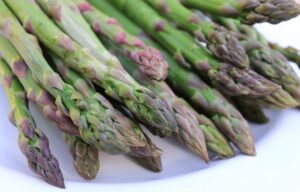Figs are a delicious fruit that can be eaten fresh or used to make wonderful snacks and desserts. Figs are also a good source of fiber and potassium. Fig trees come in a whole host of varieties. The fruits come in colors ranging from green to purple to brown.
Buy Fig Trees Online
Selecting a Fig Tree
Fig trees are native to the warm desert conditions of the Mediterranean, which can make growing these trees in colder climates a bit of a challenge. There are certain fig tree varieties that have been bred to handle cold climates. Growing figs in areas that have winter temperatures that fall below 40 degrees Fahrenheit (4.4 C) will still require extra care.
When to Plant Fig Trees
If you live in a warm climate that rarely sees frost during the winter, you can plant fig trees at almost any time of the year. On the other hand, if you live in an area that drops below freezing throughout the winter, you should wait until the spring to plant fig trees.
Growing Figs in Cold Climates
If you do embark on planting a fig tree in a cool climate, you can plant your fig tree in a pot that you can bring inside every winter. If you plant the tree in the ground, you will have to protect the plant every fall from the winter weather. If you experience very extreme winter weather, potting the plant is really the only option.
Planting Fig Trees
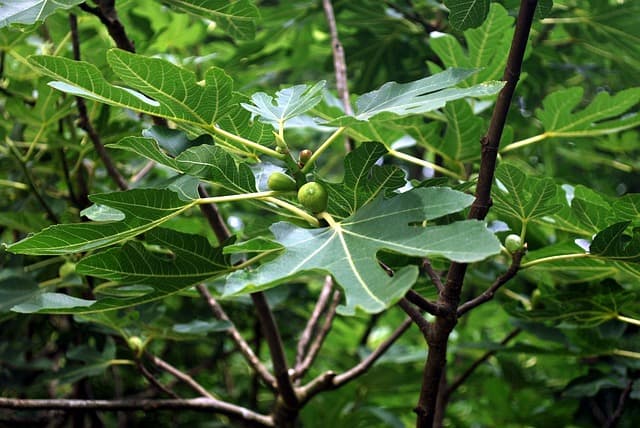
Where is the Best Place to Plant a Fig Tree?
If you do decide to plant the fig tree in the ground and you do not live in a warm climate, you should find a location on your property that has full sun exposure throughout the day. One of the best locations is the south-facing side of a house or slope, while still allowing adequate space for the plant to grow.
Fig Tree Soil Preparation

Fig trees prefer a sandy, well-drained soil; and if your soil is a little heavy, consider adding some sand to the planting area. Figs prefer a soil pH of 6.0 to 6.5, but they can handle slightly alkaline soils. If the soil (Buy Online) where you plan on planting the tree is of poor fertility, you can add a low-nitrogen, high-potassium, granular fertilizer to the area.
Read More: Best Fertilizer for a Potted Fig Tree
How to Plant a Fig Tree in the Ground
Once you have the soil ready, it’s time to plant your tree. Dig a hole about 2 inches (5 cm) deeper than the root ball of your plant. If you are planting multiple trees in close proximity, you should space the trees about 15 feet (4.6 m) apart.
When you place your tree in the ground, make sure you evenly spread the roots out in the hole, as this will prevent the plant from becoming root bound. Then, you can slowly fill the hole back in with soil, gently firming the soil around the roots as you go. Make sure the plant is standing straight and the soil is firm enough, so the plant does not fall over.
Once the tree is in the ground, give it a deep soaking, as this will make the soil more stable by driving out any air pockets. To help the plant get established, you should continue watering your fig tree every day for about a week after planting.
Fig Tree Care and Maintenance
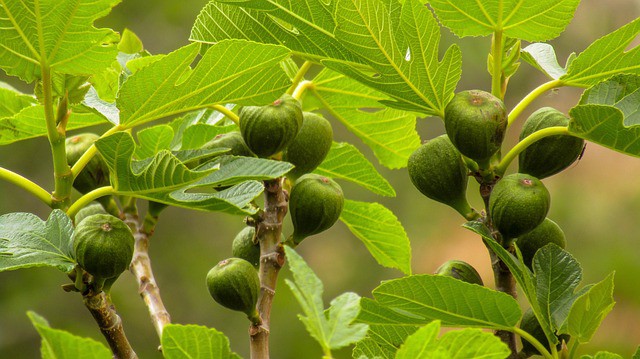
Fig Tree Water Requirements
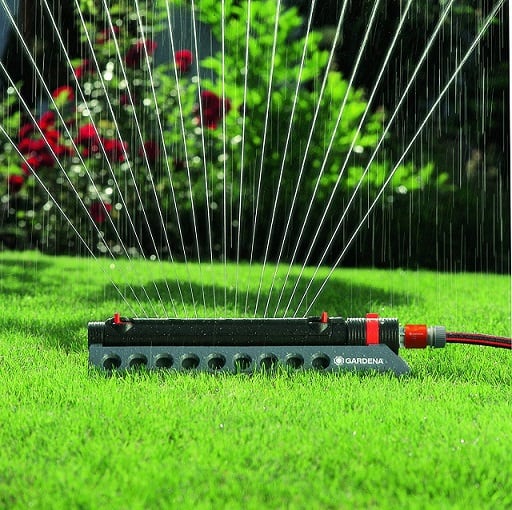
Once the fig tree has been in the ground for a week, you can reduce the amount of water that you give to the plant. In general, fig trees do not like water-logged soil, so you can usually let the rain water the plant. If you are getting less than 1 inch (2.5 cm) of rain a week, then you can water lightly twice a week, in order to keep the fig tree productive.
Fig Tree Cultivation
You should remove any weeds around the base of your fig tree, especially early on, as these weeds can sap the young tree of nutrients. It is a best practice to add mulch around the base of your fig trees. The mulch will hinder weed growth and keep the soil moist, by limiting evaporation. Mulch can also protect the roots from freezing during the winter. In the first year of growth, figs will not need any pruning.
Fig Tree pruning

Come the second year, you should prune the fig tree down to its strongest shoots, which will force the plant to focus its energy on fruit production. Every year thereafter, prune the fig tree in early spring, before the fruits begin to grow.
Protecting a Fig Tree in Winter
If you live in an area that experiences cold winters, you will have to protect the plant from freezing. If you planted it in a pot, you can just bring it inside for the winter. If you planted it outside in the ground, you will have to go to greater lengths to protect your fig tree.
Wrapping a Fig Tree for Winter
One such method that is commonly used to protect a fig tree over winter is to wrap it with an insulating material. Usually, the branches of the tree are tied by pulling them together as tight as possible without damaging the tree. Then, a large pile of fallen leaves is pulled around the base of the plant. A tarp is then wrapped around the tree.
Thereafter, stuff an 8 inch (20 cm) layer of leaves around the tree, inside the tarp; and then seal the tarp for the winter. This method of insulating a fig tree can protect the tree from damage in areas where the winters are not too cold.
When are Figs Ready to Eat?
Harvesting figs is a relatively easy affair. You should wait until the fig is a little soft and has a slight curve to its neck. Color is generally not that much of an indicator, as figs come in a wide range of different colors.
Picking Figs
Fig tree sap is a mild skin irritant and you are advised to wear long sleeves and gloves when picking you figs. When harvesting, be careful not to bruise any of fruit, as this can lead to the figs rotting prematurely in storage.
Fig Storage
Fresh figs are best enjoyed soon after picking because they have a very short shelf life. You can preserve figs by making jams or jellies, or by baking the figs into desserts for later consumption.


